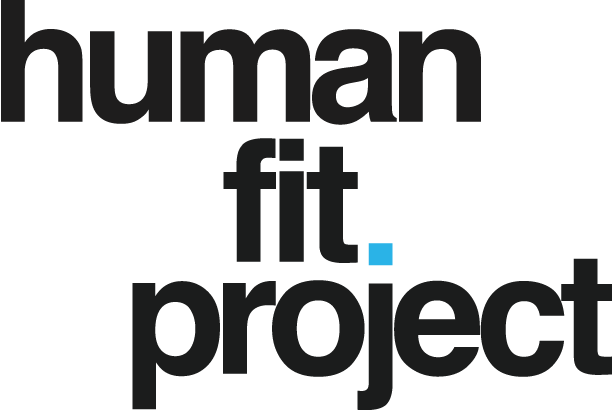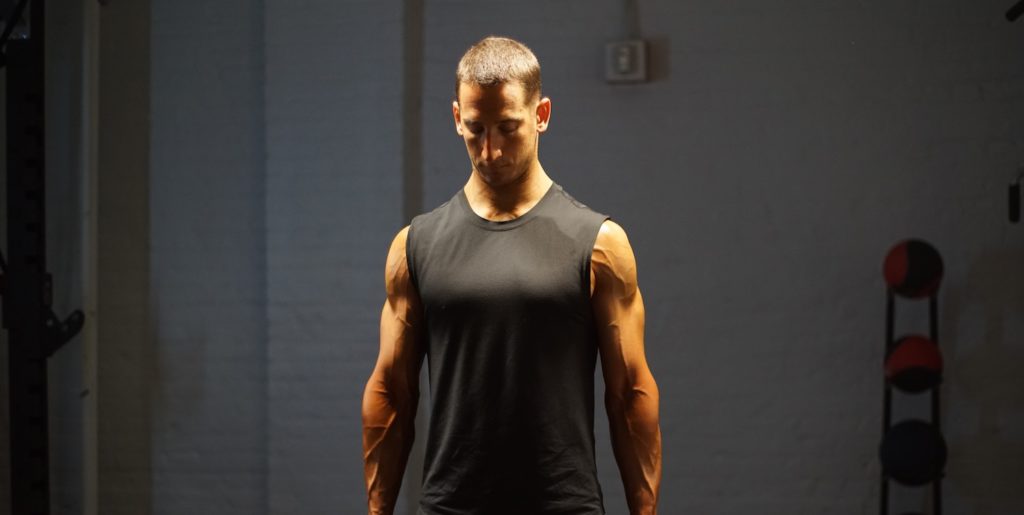Focus will always be the true foundation of your workouts. Anyone can do a workout, but how much you mentally investment is what separates a great session from a mediocre one.
Now, you’re probably wondering… How do you even rate or gauge something like focus?
It’s all about putting a system in place, finding your flow, then working hard not to break that flow.
The following will help get you honed in.
1. Accept your plan
Before you even put your gym clothes on or even start a warm up set, you’d better have your workout for the day at the ready. You know exactly what exercises you’re doing, how much rest you’re taking, how much weight you’re using, etc. Walking into the gym and training based on instinct is only for the highly-advanced, and even then, it needs to be done carefully. After accepting your plan, follow it through in it’s entirety, do not deviate unless you feel pain or are unwell.
Are your gyms reopening? Check out our 4-week Restart workout plan.
Are you very new to working out? Then try the 4-week Very-Beginner workout plan.
Need even more options? Pick from our 30+ FREE ones here. Or, download one of our premium plans here.
2. Silence the noise
Headphones, no headphones, the choice is yours. But, it’s important to be aware that small talk, text messages, checking email, taking photos, etc. all eats away at your rest periods and it takes your head out of the game. This doesn’t mean you need to be an anti-social weirdo in the gym, but if developing and understanding your body is something super-high on your priority list, it’s suggested that you lean to give 100% of your mental and physical energy to this.
Don’t forget to check out this story: how selfies in the gym could be killing your workouts.
3. Flex your meditation muscles
We’re going to take some of the elements of meditation and carry it over into training.
The first step will be deep concentration on an object or spot in during your rest periods in between sets. Find an object or spot do not move away from it. As you’re doing this, the second strategy will come into play. Without taking your eye off the object or spot, begin taking a series of 5 deep conscious breaths. Slow, deep inhales from the nose and completely filling the lungs to where you’re feeling them expand. Exhale. Repeat 4 more times. Do this every single rest period between every single set. You may breathe normally after the 5 deep inhale-exhales, but continue to focus on the object or spot.
The third strategy will be deep concentration during every inch of movement for every rep you do of an exercise. It’s easy to toss weights up, let them fall back, toss them back up again, and repeat. The goal is stop “going through the motions” and to start heavily concentrating on feeling the tension between your muscles and the force of resistance. Controlling resistance is something you should be practicing already, but this will force you to be even more consciously aware of it. If it means slowing down, slow down. If it means dropping the weight, drop the weight. You’re far better off engaged than disengaged. If you’re running or riding a bike, feel for the transfer of energy and engagement of different muscles as you move.
In executing these techniques, you should find yourself more deeply engaged with your body, muscles, and how you’re reacting to the workout.
4. Use your emotions as energy
We’re human, we’re always thinking about stuff. Good stuff, bad stuff. We’re always thinking. Add some pre-workout supplements on that and it’s an everything bagel of emotions. Now, the breathing and concentration techniques are used to prevent a wandering mind, but sometimes stuff sneaks in. Whenever this happens, the mission is to take that thought, identify it as a positive or a negative and see if you can use it to power your next set of repetitions. Get burned by someone? You can transfer that directly into a set of deadlifts, no doubt.
Here’s to always having your best possible workout. Now, walk out your next session feeling like you’re unstoppable.


